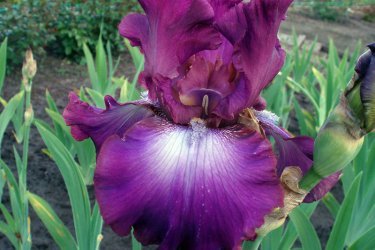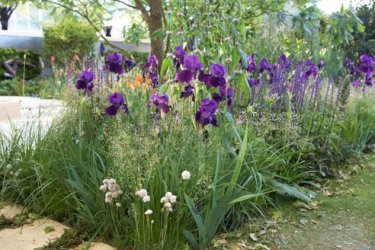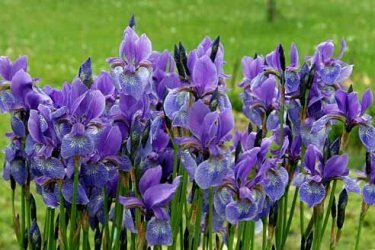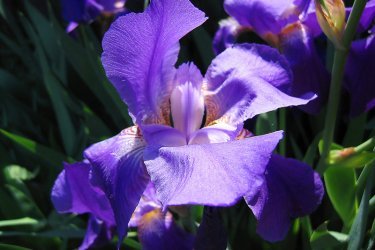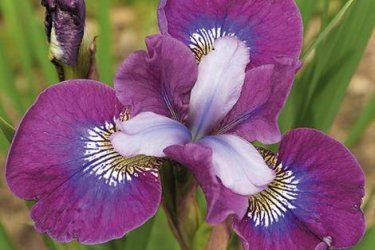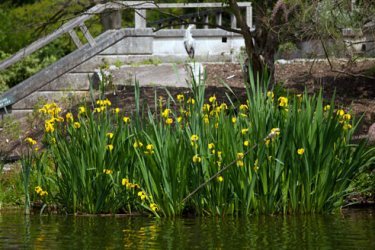Irises
Irises are flowers beloved by many gardeners; they are attractive and bright, like a rainbow, and in fact they owe their name to it. These charming plants are also called iris or cockerels.
They have been grown as a garden crop for at least two thousand years.
Growing irises practiced by almost all gardeners, sometimes even for purely practical reasons: their flowering period falls on a period of time when spring crops have already finished flowering, and summer crops have not yet begun.
If you correctly select and plant different varieties of cockerels, they will ensure the decorative appearance of the mixborder for almost two months.
But to acquire such a flowerbed, you will not only need to study the characteristics of the flower and its preferences, you will also need to know the characteristics of each variety of irises.
Choosing killer whales for your site
The iris family is large, it includes about 800 species of perennial plants, striking the imagination with a variety of sizes, shapes and colors.
You will find detailed information about the most popular ones in this section of our website.
Bearded irises
The most common, and perhaps the most beautiful.
Non-bearded
Extremely attractive and sophisticated:
- Japanese
- Californian
- Louisiana
- chrysographs
Ensiform - most suitable for growing in containers, in water, an ideal plant for a garden pond.
Siberian iris often used to create landscape gardens due to its ability to produce abundant, long-lasting flowering.
Hygrophytes are plants for decorating reservoirs that prefer to grow in shallow water; these include such a popular crop as marsh iris.The plant is quite tall, can reach 120 cm, the color of the petals is yellow, cream, white.
A smooth variety of cockerels, kakitsubata, is generally planted in ponds at a depth of up to 30 cm. The color of the flowers is dominated by blue shades.
A special group consists of bulbous irises, it includes:
- xyphium
- Juno
- iridodictium
When buying rhizomes or bulbs of irises, you should remember that among the plants there can be tall, almost giant and miniature, dwarf ones. You need to decide in advance which ones will fit best into the landscape of your garden.
How and where to plant irises
All representatives of iris love well-lit areas, as for moisture, the type of plants must be taken into account, some can be planted on the shores of reservoirs, others directly in the water, bearded irises They prefer to grow in well-drained soil; their rhizomes do not tolerate excessive soil moisture.
And also bearded cockerels:
- will not grow well in a drafty area
- feel more comfortable in a flowerbed fully illuminated by the sun
- prefer potassium-phosphorus supplements
- don't like being around weeds
- require planting soil containing peat, sand, chalk or wood ash
Reproduction
The most suitable time for dividing rhizomes is the month of August.
For propagation, two-year-old sections are used, always with a bud and a bunch of leaves.
Caring for freshly planted bushes involves periodic watering.
For the winter, it is recommended to build a shelter over them; this will reduce the risk of freezing. It is also recommended to use soil mulching.
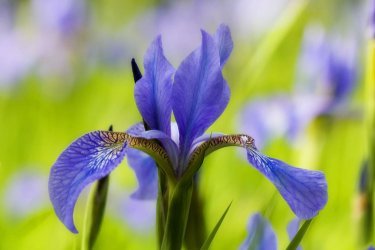
Read more

